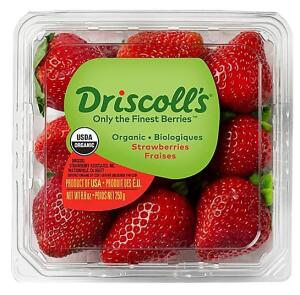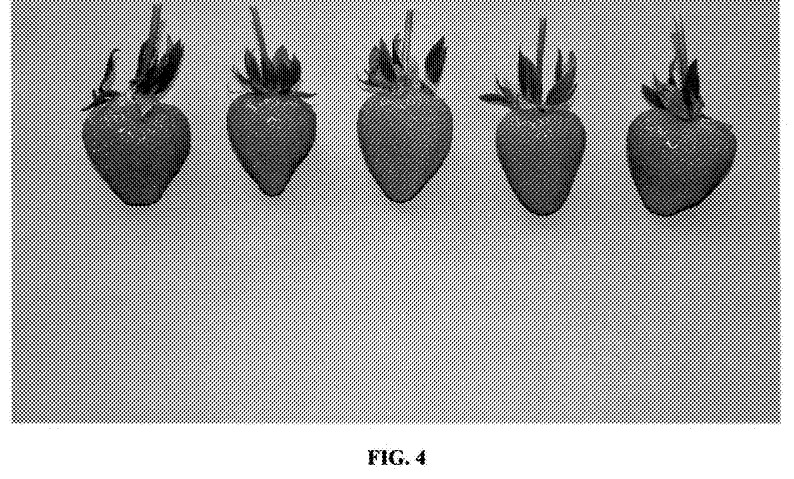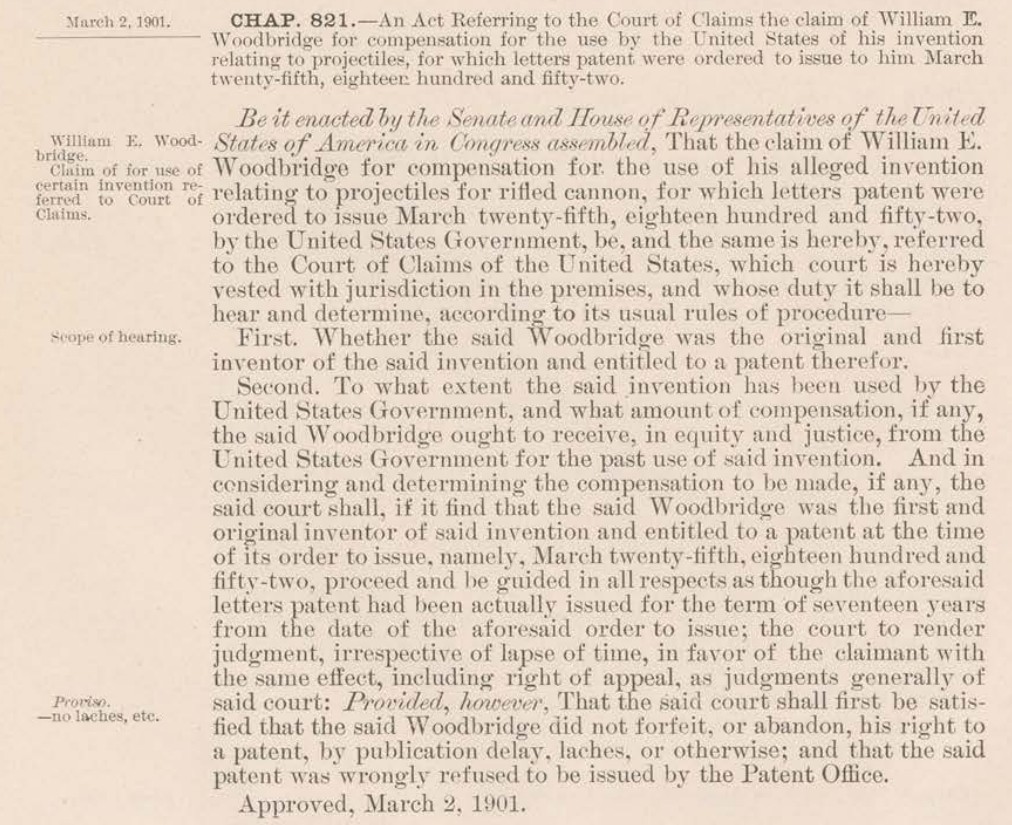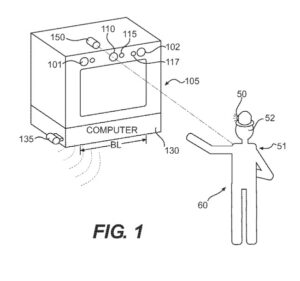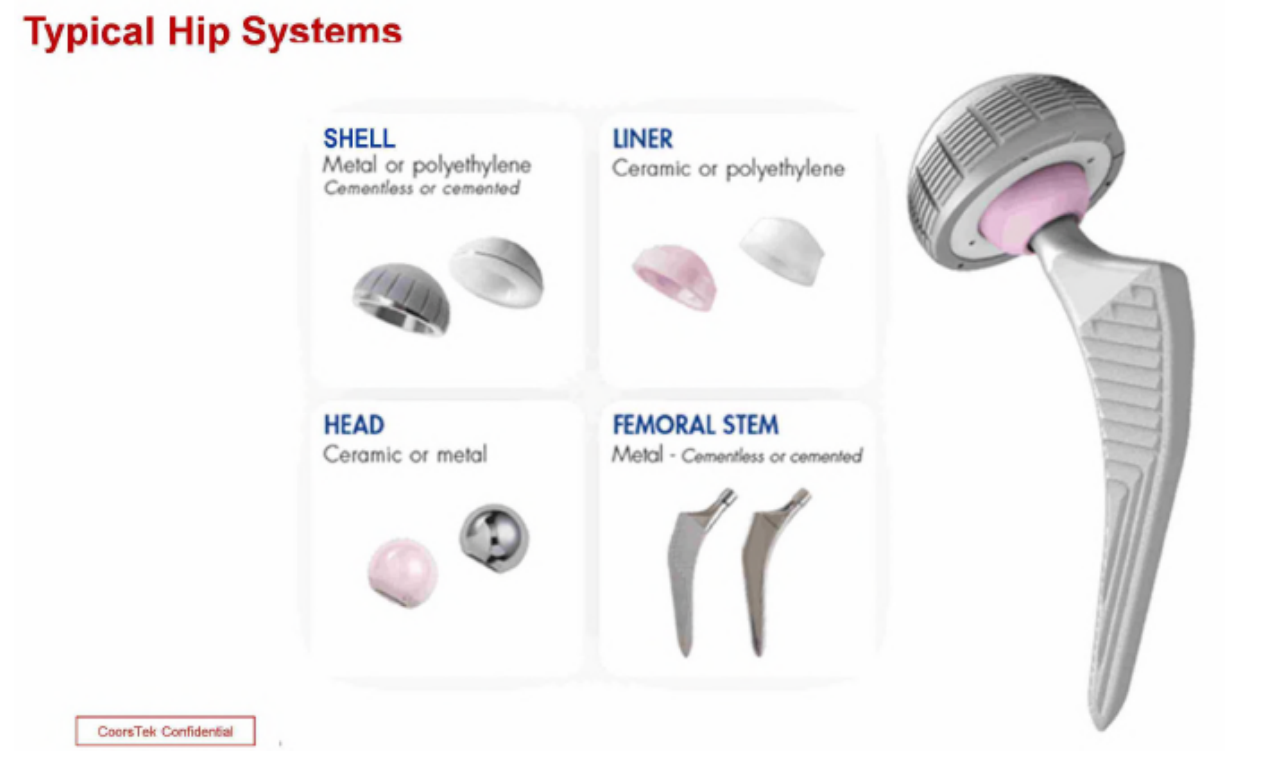by Dennis Crouch
The upcoming Supreme Court petition in Lynk Labs, Inc. v. Samsung Electronics Co., 125 F.4th 1120 (Fed. Cir. 2025), presents more than just another dispute about inter partes review scope. In my mind, it highlights a fundamental conceptual tension that has largely gone unnoticed in patent law discourse: the ambiguity in what we mean by "prior art" itself. This manifests as a clash between two competing frameworks that I call "prior art as document" versus "prior art as process." This distinction is crucial because it explains why seemingly straightforward statutory language in 35 U.S.C. § 311(b) becomes so contentious when applied to the "secret" or "springing" prior art under § 102(a)(2).
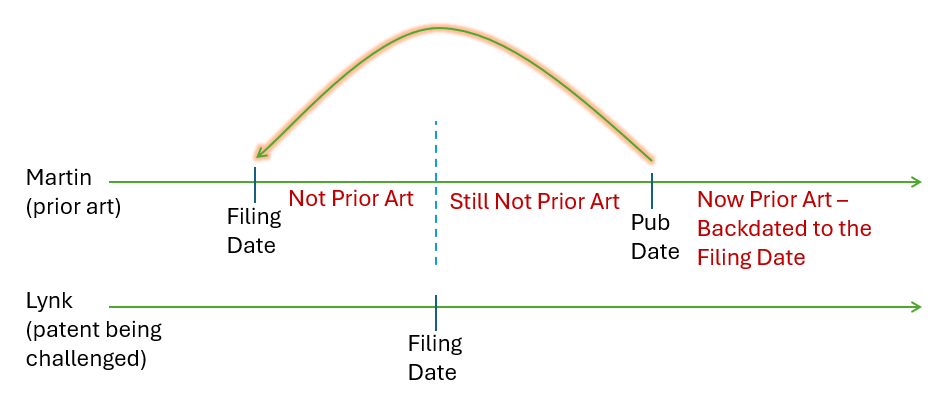
In Lynk Labs, the Federal Circuit held that a patent application filed by a competitor but kept secret until after the challenged patent's filing date could be used as prior art in an IPR proceeding. Samsung had successfully challenged Lynk's patent using an earlier-filed patent application (the "Martin" reference) that was filed in April 2003—months before Lynk's February 2004 priority date—but did not publish until October 2004, well after Lynk's filing. The court concluded that this reference satisfied § 311(b)'s requirement that IPR challenges be based on "prior art consisting of patents or printed publications" because the prior application had, by the time of the IPR, become a "printed publication" and § 102(a)(2) independently established its prior art status. Although 102(a)(2) does not define a "prior art . . . printed publication," it does create "prior art," and the documentary evidence is a "printed publication."
- Dennis Crouch, Secret Springing Prior Art and Inter Partes Review, Patently-O (Oct. 2024), https://patentlyo.com/patent/2024/10/secret-springing-partes.html.
- Dennis Crouch, Publications Before Publishing and the Federal Circuit’s Temporal Analysis, Patently-O (Jan. 14, 2025), https://patentlyo.com/patent/2025/01/publications-publishing-gymnastics.html.
- Dennis Crouch, Prior Art as of the Effective Filing Date, Patently-O (Nov. 2023), https://patentlyo.com/patent/2023/11/prior-effective-filing.html.
- Lynk Labs Extension Application.
To continue reading, become a Patently-O member. Already a member? Simply log in to access the full post.
